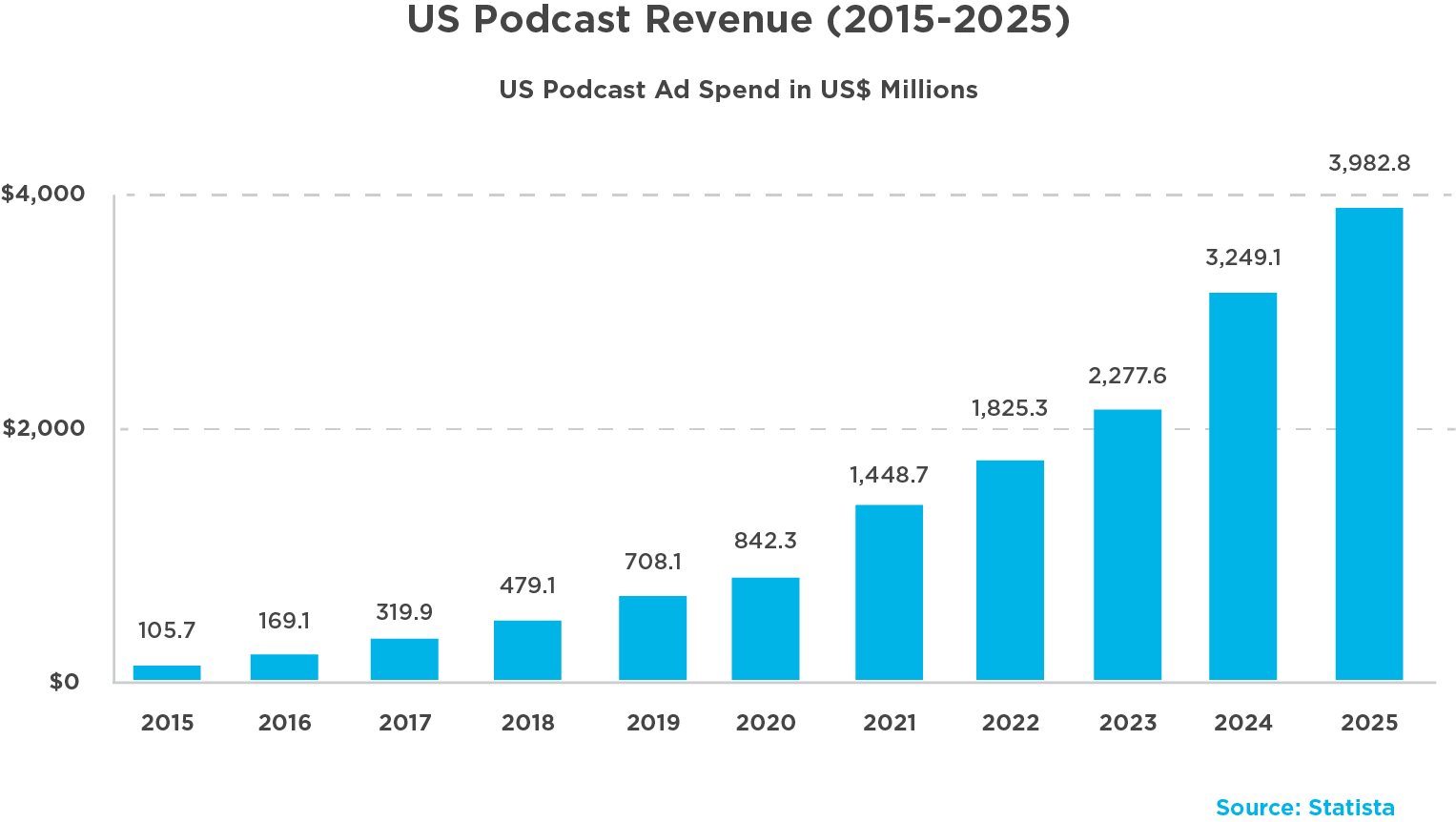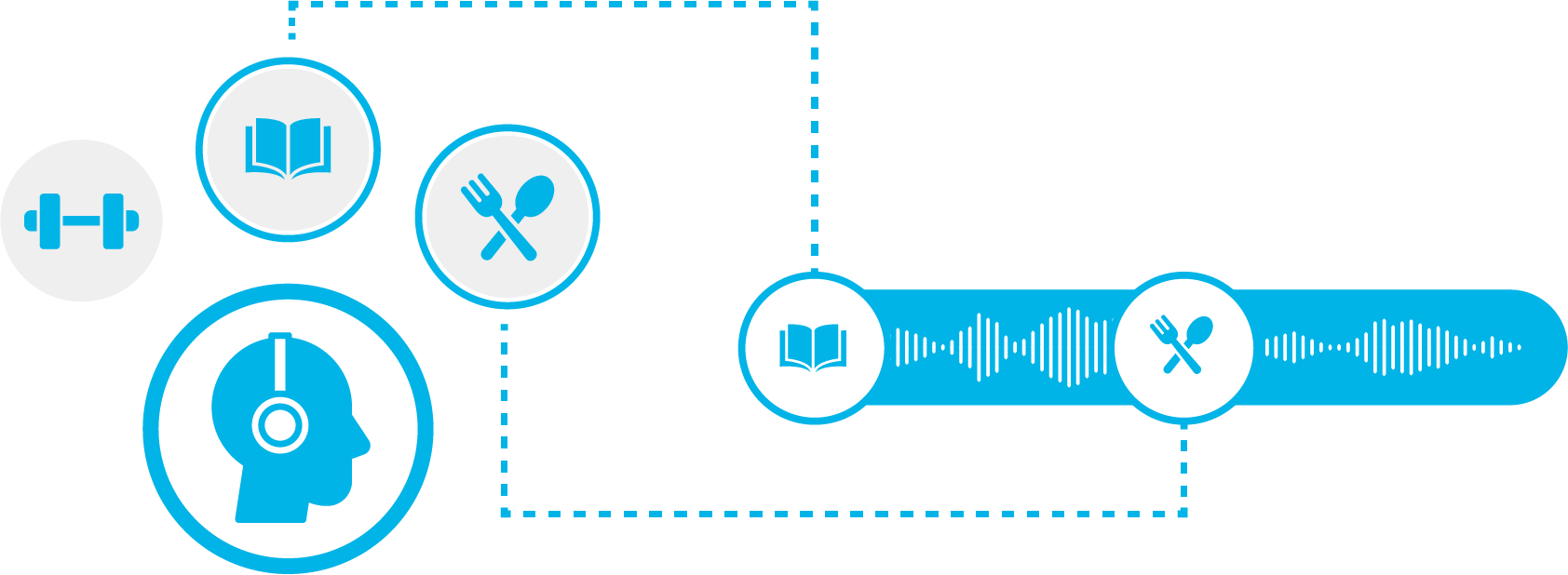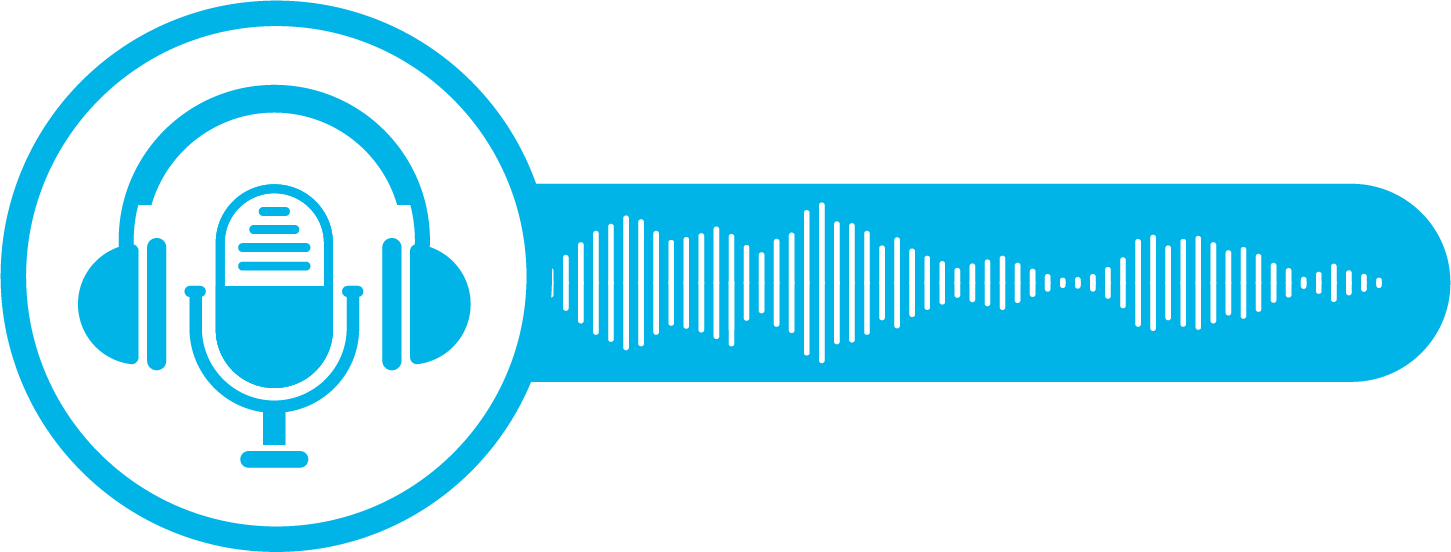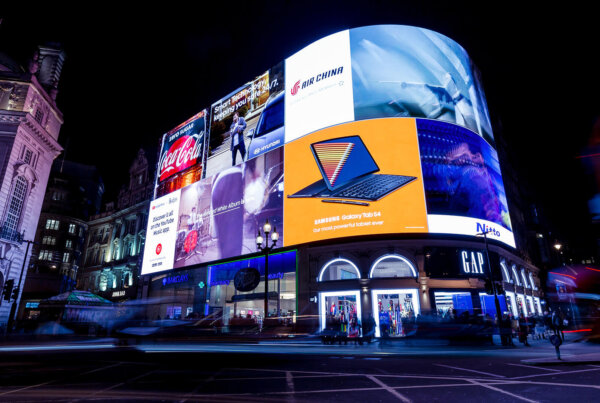Expert insights from Kochava webinar with Spotify Advertising and M&C Saatchi Performance
Since its emergence in the early 2000s, podcasting has experienced exponential growth, prompting businesses to adopt marketing strategies to leverage the rapidly evolving medium. In a webinar showcasing podcast advertising, acclaimed industry players—Charles Manning, CEO of Kochava; Adrienne Rice, Director of Media Investment at M&C Saatchi Performance; and Matt Drengler, Director of Marketing Research and Intelligence for Spotify Advertising—shared their insights into the opportunities and best practices within this channel. The insightful session examined the breakthroughs of podcast advertising, its efficacy for advertisers, and its future.
Why Podcast Advertising?
The panel established the impressive scale of the podcasting landscape, emphasizing the medium’s growth and the opportunities this affords advertisers. Millions of podcasts cater to a global listener base projected to exceed half a billion people in 2024. At the same time, podcast advertising revenue is heading upward of $4 billion. This is no longer a nascent, niche medium, but a burgeoning channel with yet-untapped potential.
Rice shared key insights into the demographics and behavior patterns of podcast listeners that marketers might do well to consider, pointing out that 66% of US internet users listen to podcasts (in most cases at least once a week), with the majority of listeners aged 45 or younger and earning higher-than-average household income. As for the dominant podcast genres—spoiler alert, but perhaps not a surprise—comedy and true crime are well established as top listener favorites.

Evolution of Podcast Advertising
The panel recounted the transformative journey of podcast advertising, from its early implementation to the innovative solutions shaping its future. Traditionally, podcast advertising was predominantly purchased directly from shows and embedded within the podcasts themselves, often in the form of host-read ads. This posed significant limitations in scalability, as each ad insertion was manually placed within and inseparable from the episode. Producers and advertisers also had to consider the ongoing relevance and permanence of ad content; after the show was aired, the ad might be forever “baked in.”
The podcast industry embraced technological innovations to solve these challenges, and over the past several years, the landscape has significantly evolved. Drengler took participants through industry advancements that directly addressed the limitations of embedded ads and revolutionized the podcast advertising space, most notably dynamic ad insertion (DAI). This technology, now accounting for 90% of ad volume, enables advertisers to place relevant ads into a designated spot within a desired podcast episode, seamlessly stitched in at the time of download and refreshable as needed. This marked a significant advance toward resolving issues such as scalability, measurability, and systematic targeting.

Automated programmatic ad placement is rapidly taking hold, and there is still much room for growth in this approach. And Spotify’s streaming audio insertion (SAI) represents a cutting-edge breakthrough, leveraging the shift toward streaming podcast content rather than downloading it. This technology has further enhanced ad integration, real-time targeting, dynamic content delivery, and ad measurement capabilities, in particular the ability to measure on real-time impressions, leading to a more engaging ad experience for listeners while offering greater effectiveness and efficiency in optimization for advertisers.
New Possibilities
Manning emphasized that these significant shifts now enable us to comprehend the podcast consumer journey holistically, essentially having blown open the doors for the medium to become fully viable for performance advertising. The webinar panel agreed that new technologies are rapidly driving equivalence with digital ad formats, fully democratizing podcasting as a reliable advertising channel.
Taking full advantage of these advancements, however, necessitates new paradigms in measurement. Spotify’s SAI offers advertisers a more precise measure of reach, impressions, and audience targeting. While this allows for sophisticated metrics, the greater podcast adtech world is still catching up. Case in point—in a digital environment where clicks and downloads are often misleading, distinguishing between podcast downloads and streams is key to tracing listeners’ post-impression actions.
To facilitate such measurement capabilities, Spotify partnered with Kochava to process and analyze a more dimensional profile of podcast stream data in real time. Advertisers on this platform are no longer subject to the limitations posed by engagement ambiguity as revealed solely by tracking downloads or one-touch attribution. The Spotify-Kochava collaboration has enabled third-party verified measurements that open the way for further performance-based initiatives. One actionable metric has revealed that up to 95% of attributed events take place within 14 days of podcast download or exposure.
Effective Campaigns and Best Practices
These insights derived from enhanced measurability reinforce the importance of understanding the customer journey and the role of podcasts in this journey, from introduction to final conversions. Podcast advertising is more than just another channel, but a uniquely immersive experience that provides a focused and uninterrupted space for advertisers. The conversation revealed a bombshell outcome takeaway: One in five listeners who visit an advertiser’s site after exposure to a podcast ad ends up making a purchase. Ponder that!
The panel delineated key practices for devising and executing successful podcast campaigns:
Leverage listeners’ heightened attention: Advertisers need to comprehend the medium’s perceived authenticity and credibility for effective education and audience engagement over a wide range of topics, resulting in a loyal, receptive listener base. The felt connection between host and listener fosters trust in the medium and by extension the advertisers who directly speak to this audience engagement. High-quality, vivid creative is a must to engage podcast listeners who are primed to embrace relevant, compelling ads and brands/products that complement their listening experience.
Deploy a robust measurement strategy: Advertisers need to leverage the wealth of data now available through podcast analytics. Understanding listener behavior, such as when and how they tune in, listen to or skip ads, and engage with content, is fundamental for optimizing campaign performance. Contextual-based targeting, including seamless, real-time topic and conversation-specific ad placements, is a powerful means to tailor creative to podcast contexts and/or home in on audiences by demographic or behaviors and interests. Data derived from such practices can be used to inform and optimize subsequent initiatives relative to desired key performance indicators.
Prioritize privacy issues: With privacy becoming an increasingly important concern, advertisers need to be cognizant of how they collect and use listener data. Ensuring compliance with privacy laws and being transparent with listeners about data usage can help maintain trust and reinforce positive brand image.

Where Is Podcast Advertising Heading?
The discussion wrapped up by envisioning the future of podcast advertising as it approaches parity with digital advertising. Manning lauded the synergy of measurement and targeting afforded by emerging technologies, looking ahead to such elements as data clean rooms to refine audience-data coupling and targeting in a world of increasing focus on data privacy. In addition, he noted the amplified role of premium inventory sources such as Spotify as self-attributing networks to confirm and justify significant advertising value allocation to the podcast medium.
The panelists anticipate a future in which the framework continues to evolve dramatically, with campaigns offering ever-increasing levels of engagement and measurement. Advertisers should keep close watch on emerging trends, including interactive podcast ads in which listeners can respond to calls to action directly through their listening device. Continued development of voice-activated technology greatly enhances this potential; creative may additionally incorporate video. Speech-to-text enhancements will lead to prevalent keyword auctioning. Deeper integration of artificial intelligence and machine learning will provide richer insights into listener preferences, enabling the creation of highly effective, personalized ad campaigns. Enhanced measurement approaches may drive cost-per-action pricing standards.
In summary, the key to capitalizing on this future continues to lie in prioritizing listener engagement, embracing technology, respecting privacy, and staying ahead of evolving developments. Keeping these top of mind, marketers can devise innovative, compelling advertising strategies that powerfully resonate with listeners and drive meaningful results.
Catch the Full Webinar on Demand
The complete on-demand webinar, Capitalizing on Podcast Advertising in 2024, is available now! The discussion is full of fascinating insights on podcast advertising, effective measurement approaches, and future trends, with a fun addition of some of the speakers’ own favorite podcasts. The overall takeaway from this informed panel of industry experts: It is abundantly clear that the podcast medium will continue its upward trajectory, and savvy marketers will be eager to leverage this golden opportunity to apply these webinar insights directly into their digital marketing strategies for a marked competitive edge.
“You almost have this parasocial relationship with the host because you’re probably listening to them talk to you every day. And so that ad insertion, whether it’s a host-read or recorded audio, it's 1 to 1. It’s going directly into your ear.”
Adrienne RiceDirector of Media Investment, M&C Saatchi Performance
“60% [of Gen Z] believe podcasting is more trustworthy than any other form of media. So it becomes a channel where advertisers can find folks who are really leaned in and more engaged than in other channels.”
Matt DrenglerDirector of Marketing Research and Intelligence, Spotify Advertising



